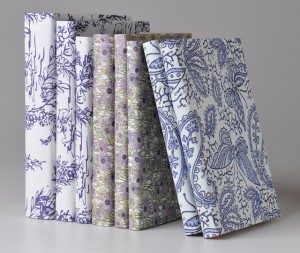by Jas Faulkner

Many years ago, the University of Memphis* announced they would be temporarily closing the student store they ran in the basement of the UC so they could retool it. Many of us could not see anything good coming from this. As young as we were , we still hated change. Aside from the textbooks and other required items for classes that occupied the back right corner of the space, there was a section for MSU swag, the equivalent of a small convenience store, a smallish card and gift shop, an impressive art supply section and what amounted to a miniature version of an 80s’ vintage mall bookshop, only better. It might have been clunky, but that permutation was fine and dandy by us.
Actually, that wasn’t quite the case. In truth, no one was too terribly concerned about the possible loss of an on-campus place to meet all of our our Doritos and Tigers shot glass needs. We were quite worried about losing our bookstore. No, not the one with all of the ugly, only slightly useful tomes covered in “used” stickers. The shelves in the front half of the store held the books we wanted to read and keep. There were collections of classics in every discipline represented at the university. For many of us who were away from home for the first time, it was a chance to begin building our own libraries. Those of us who had grown up with rooms full of books wanted shelves of our own that represented who we were or at least who we thought we were. We walked by the windowed half of the basement of the UC as the staff began to prepare for the temporary closing.
All of those books…
A day later our prayers were answered, sort of. Most of the non-required books from the front shelves were piled on tables next to the closed and shuttered store where they were sold for a dollar a pound. In retrospect it seems obscene. Is it right to sell off copies of the “Heptameron” and Attic survivals and the complete works of Harold Pinter and annotated copies of “Principia Mathematica” and “The Harmless People” by the pound? It was a study in reductive mercantilism that turned immortal works into mere blocks of paper. It was rendering glorious living creatures into units of flesh, disembodied from its vitality and identity. It was the ultimate insult to all of those great works.
The dozen or so of us who watched this unfold practically rioted trying to get to the ATM machines before the general student body got wind of this.
The idea of selling books by the pound or yard or flat is a fairly common way to get rid of unwanted books in a hurry. The books were

often bought for pulp or by new booksellers who hoped they would find enough saleable volumes to plump up their inventory for a bit. In the mid-90s’ some retailers hit on the concept of selling books to designers. Booksellers who maintained carefully curated inventories for readers sometimes led double lives as proprietors of warehouses full of books shelved by colour, size, age, and vague categorisations of subject matter.

The price for a foot of books can range from twenty to seventy dollars per one-foot unit. They are usually sold at a minimum of two to three feet per order. A quick internet search revealed sellers who specialise in books for interior decoration, shelves of books for set decoration, and artfully wrapped books. Some sellers offer books that aren’t really books at all. They are boxes pasted to spines and covers or lines of spines of books that have been cut short to fit on shelves that are either too shallow or not strong enough to hold actual books.
It’s ingenius because at some point someone will discover a lost gem among all of those sorted by hue, matchy matchy books. When that happens, we’ll all be glad for this silliness. Right now, it’s a little funny and a little sad to think of books existing for something other than the purpose they were created to fulfill.

* Known at that time as Memphis State or Tahger Hah, depending on who you asked.

Geez. That last picture. I mean, really?